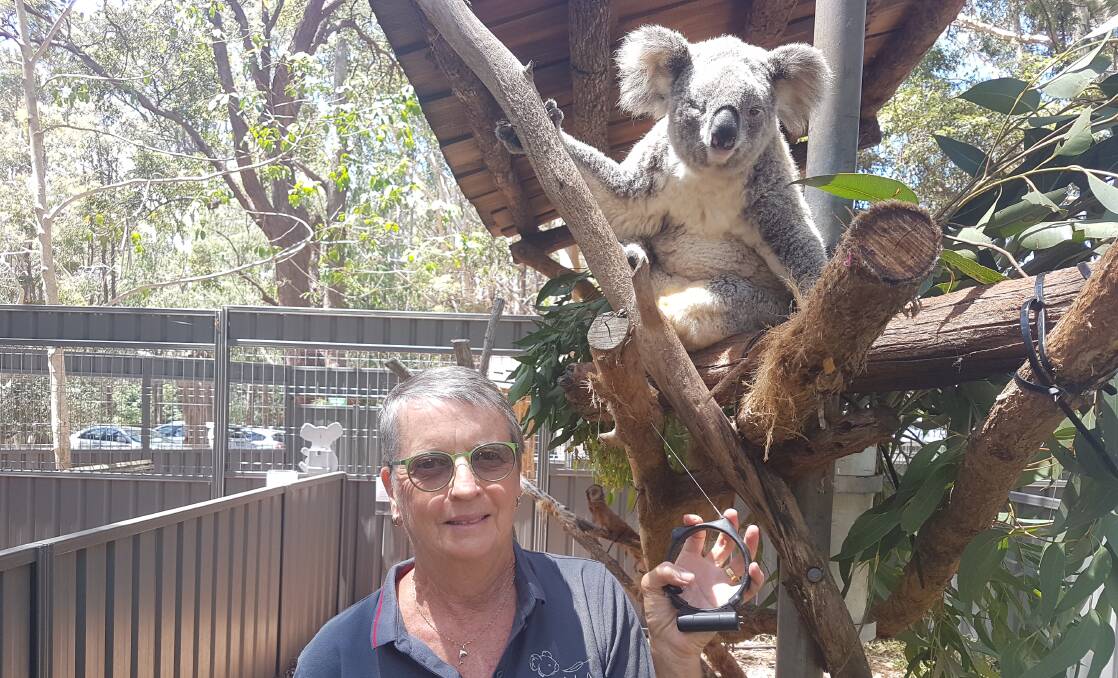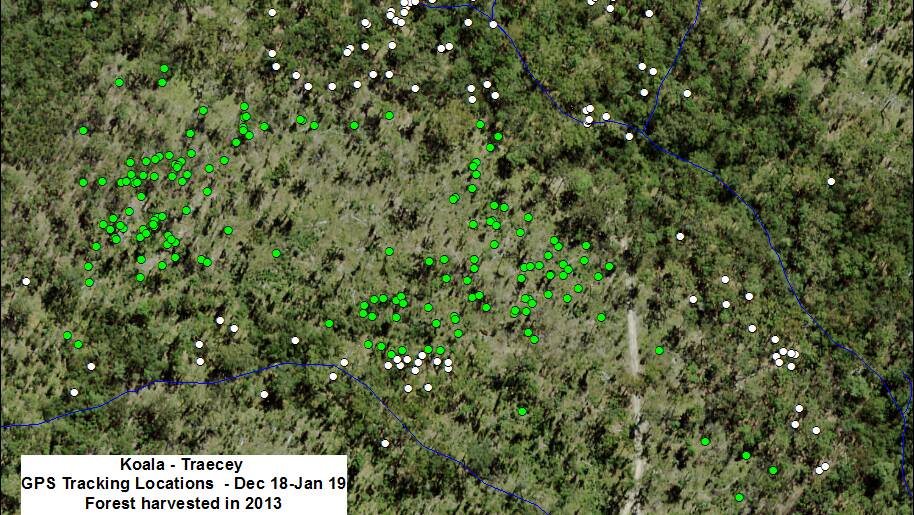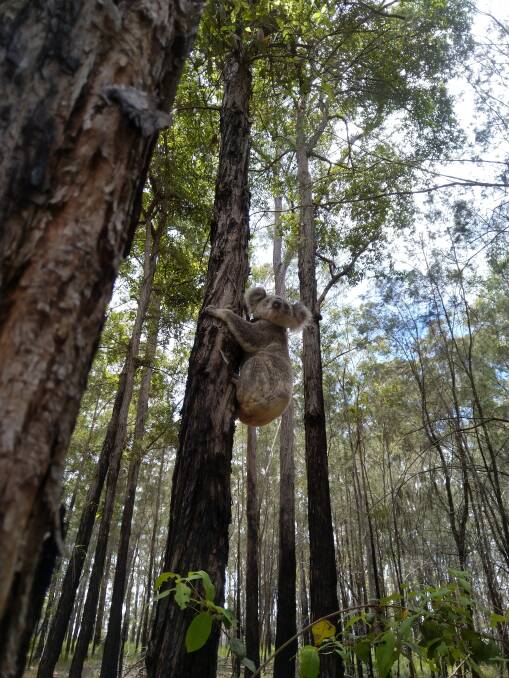
Scientists are on the trail of koalas in the Port Macquarie-Hastings region, as they try to map their movements by GPS tracking collars.
Subscribe now for unlimited access.
$0/
(min cost $0)
or signup to continue reading
The new tracking project involves capturing around ten koalas conducting full health screens and fitting them with a collar which broadcasts a satellite signal at certain times each day.
NSW Department of Primary Industries Principal research scientist, Dr Brad Law said the second koala in the project had already been captured in November and released.
“The project will use GPS collars on koalas to track their movements throughout the forest," he said.
"Which will enable DPI researchers to look at the effectiveness of koala protections in State forests.
"And relative use of young regenerating eucalypts after harvesting compared to mature forest."
“The findings of the research will be considered by the Natural Resources Commission who is independently commissioning and overseeing other research projects investigating how koalas respond to regeneration harvesting on state forests as part of the NSW Koala Strategy."

The joint project between DPI Forest Science research, Port Macquarie Koala Hospital and Forestry Corporation will collect information for the next 12 months.
“This is an important project and will provide a better picture for us on the movements of koalas, particularly for the north coast forests of our state," said Mr Law.
“The first koala collared in the project has been tracked over the past two months, providing us with better information on what tree species and sizes offer important browse as well as other aspects of habitat use like use of ridges versus gullies.”
The tracking collars feature a mortality signal indicating if an animal has died and also breakable plastic inserts if it becomes stuck on a tree endangering the koala.

Koala Hospital clinical director Cheyne Flanagan said the hospital had five collars which cost about $13,000 and were similar to a tracking project done in 2009.
"It tells you exactly what the koalas are doing, where they are going, how they are moving in the landscape and this is how we know koalas have a home range," she said.
"We've discovered that the home ranges of koalas on the coast here are much bigger than we thought they were, which is very important for development.
"We used to think between 10 and 50 hectares, now they're about 100 hectares which is much bigger.
"There's some areas of forest that are considered reserves and have koalas living in them that may be earmarked for logging in the future, all of this data will prove or disprove that you can or cannot do this.
"You've got to come up with answers with science, and that's what we are doing to come up with answers for managing wild life in state forests."
Also making news:
While you're with us, you can now receive updates straight to your inbox from the Port Macquarie News. To make sure you're up to date with all the news, SIGN UP HERE.

